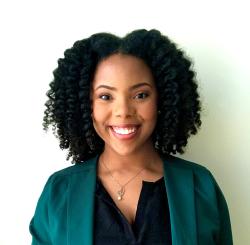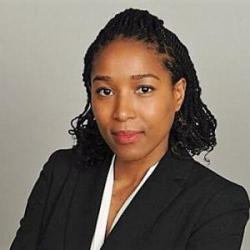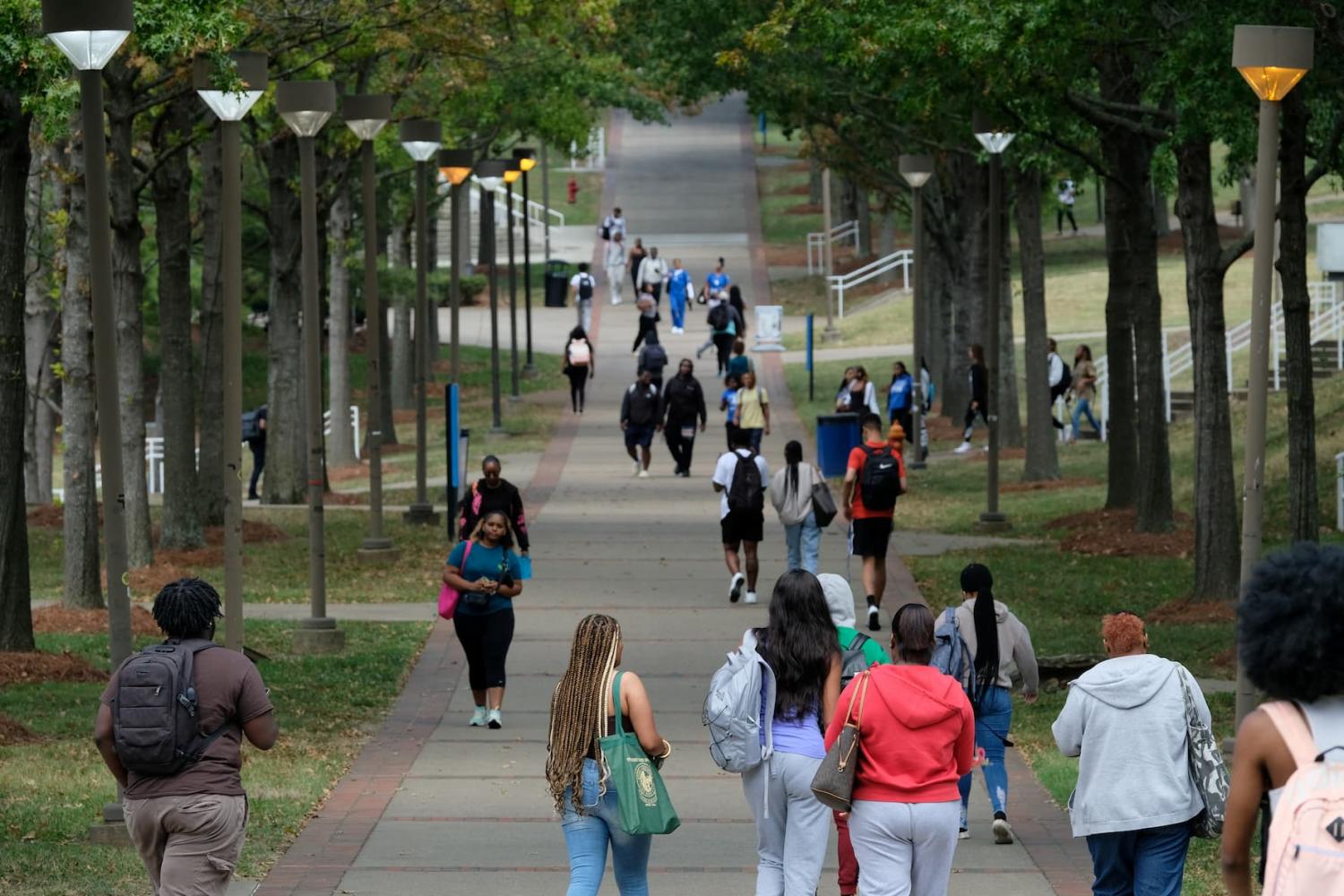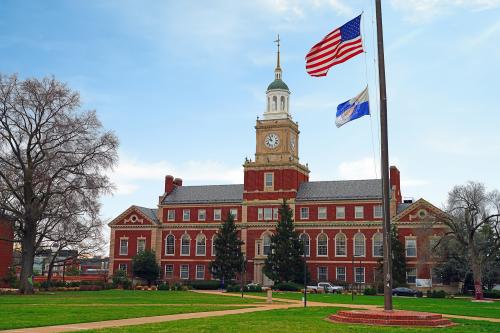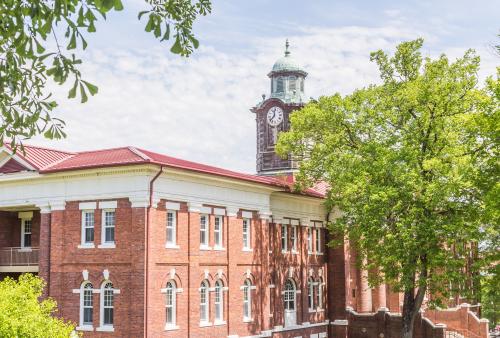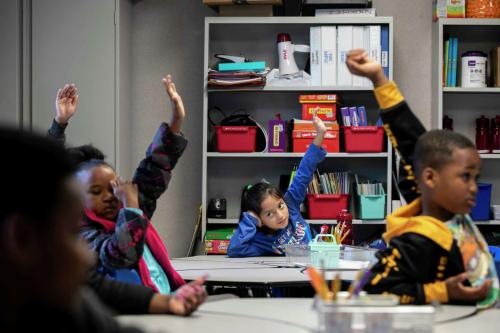Historically Black Colleges and Universities (HBCUs), which comprise only three percent of postsecondary education institutions, are on the minds of hundreds of thousands of Black Americans who graduate from high school each year. Among 1.2 million Black SAT takers who graduated from high school between 2004 and 2010, almost 40% applied to at least one HBCU and nearly 16% attended an HBCU.
Aside from HBCUs serving a disproportionate number of Black Americans, our new research shows that, among HBCU applicants, initially enrolling in an HBCU also serves them well. Enrolling in an HBCU increases the probability of earning a college degree by 12 percentage points (30% higher than similar peers) and a bachelor’s degree by 14.6 percentage points (40% higher) and doubles the probability of completing a STEM degree. HBCU enrollment also increases estimated household income around age 30 by five percent. These positive effects from HBCU enrollment are strongest for students whose alternative enrollment options are most likely to be either two-year colleges or no college at all. However, HBCU enrollment leads to higher student debt, which is in part due to longer enrollment spells in college.
Additionally, we explored a host of other previously unavailable longer-term measures of financial well-being. We find that HBCU enrollment leads to lower probability of bankruptcy but relatively inconsequential impacts on credit scores and or on the characteristics in the zip code of residence around age 30. Despite these positive or null impacts, we also find that enrolling in an HBCU leads to a lower probability of having a mortgage. This may be directly attributable to the outstanding student loan balances that make borrowing more difficult.
This new research, along with our related publication on applications to HBCUs, unearths two important contextual factors driving the impacts of enrolling in HBCUs:
- Which students apply to and enroll in HBCUs?
- What other colleges, if any, do HBCU applicants consider?
Below, we summarize the answer to these questions using the college applications and enrollment data of over a million Black SAT takers. We also discuss why these answers matter for both HBCUs and, more generally, policy and practice around college choice.
Which students apply to and enroll in HBCUs?
Among Black SAT takers, female students are 6.6 percentage points more likely to apply to at least one HBCU than male students, and students whose parents have at least a bachelor’s degree are also slightly (1.7 percentage points) more likely to apply to an HBCU than students whose parents do not have a college degree. Black students with SAT scores in the middle of the score distribution are more likely to apply to HBCUs than their peers with lower and higher SAT scores.
Additionally, female students are also more likely to enroll at an HBCU, and students whose parents have the highest income are the most likely to enroll at an HBCU. Similar to application patterns, we show that students with SAT scores in the middle of the distribution are the most likely to enroll at an HBCU while those with the highest SAT scores (above 1200) are the least likely to enroll at an HBCU.
What other colleges do HBCU applicants consider and forgo?
In Figure 1, we show the impact of HBCU enrollment on the types of colleges students attend and, importantly, forgo. We compare the college enrollments of students who had similar college application portfolios–including, importantly, that they all applied to at least one HBCU. We then compare the type of college attended for those who attended an HBCU relative to students who did not attend an HBCU to identify what alternatives to HBCUs students consider. Our findings show that HBCU enrollment increases the probability of attending any college by 16.5 percentage points. That is, while 100% of students who attend an HBCU are attending “any college,” some HBCU applicants ultimately do not enroll anywhere. Black students who enroll at an HBCU are also 47.7 percentage points more likely to attend a four-year institution and 31.2 percentage points less likely to attend a two-year college when compared to otherwise-similar students who do not enroll in HBCUs. HBCU enrollment also decreases the probability of enrolling in for-profit institutions, which tend to have very low completion rates. In other words, students who enroll at HBCUs are often doing so in lieu of enrolling at a two-year college, for-profit college, or not enrolling in college at all. These alternatives to HBCU enrollment help explain our findings on longer-term outcomes and can inform higher education policy.
How should HBCUs and other colleges be evaluated?
There are many ways that colleges are evaluated, rated, ranked, and held accountable, such as U.S. News College Rankings, College Scorecard, gainful employment metrics, and state-specific accountability measures, to name a few. Most of these well-trafficked information aggregators group or compare colleges that are “similar” to one another, at least by some metrics. For example, four-year colleges are not typically compared to two-year colleges and regional institutions are not typically compared to highly selective flagship institutions.
Instead, these groupings of colleges facilitate comparisons of colleges within the same group. In fact, U.S. News facilitates this by ranking HBCUs. These groupings may be appropriate for some students’ college search process. But our research suggests that such groupings miss an important part of college choice–students are often deciding between colleges that are vastly different from one another and traditional “rankings” groupings fail to provide students with easy ways to compare across the institutions they are considering.
There are no easy solutions. The specific colleges each student considers is largely unknowable to those creating content designed to compare colleges. But perhaps we can leverage the information we do know to better understand the specific students an institution serves.
Institutions that serve certain types of students attract those who otherwise may not have considered college. This is an argument two-year colleges and their proponents have been (correctly) making for decades. But some four-year colleges can make a similar argument.
HBCUs are a prime example. Many Black SAT takers who considered HBCUs also considered two-year colleges, a common tradeoff for high school graduates. But many who considered HBCUs also considered not going to college at all, which is a less common tradeoff for high school graduates. By virtue of attending an HBCU, which are largely four-year colleges, we see long-term academic and economic success, especially among students who ex ante are least likely to enroll in a four-year college. This argument is likely to hold for tribal colleges, other minority serving institutions, and institutions that serve location-constrained students who are historically underserved in higher education.
We do not mean to imply that all four-year colleges are good investments, academically, financially, or otherwise. Knowing the types of students who enroll is not the only criterion to consider. Rather, knowing the context of the students who enroll, along with some basic statistics on longer-term outcomes, provides a lot of powerful information on how well colleges serve students. This approach extends beyond overly simplistic metrics related to students’ background characteristics and academic performance in high school, when evaluating colleges.
In conclusion, HBCU students, particularly those with low SAT scores, have measurably higher bachelor’s degree attainment and household income around age 30 when compared to those who consider but do not enroll in HBCUs. Our new research on HBCUs suggests the need for more data on students’ long-term outcomes by college or college type, while accounting for students’ background. Understanding the value of a college requires that the outcomes and context not be separated. In out context, after fully accounting for the college choice of Black Americans, the value of HBCUs is remarkable. Policymakers should be doing more to ensure that college ranking and accountability systems recognize the unique impact HBCUs provide their students and communities.
The Brookings Institution is committed to quality, independence, and impact.
We are supported by a diverse array of funders. In line with our values and policies, each Brookings publication represents the sole views of its author(s).
